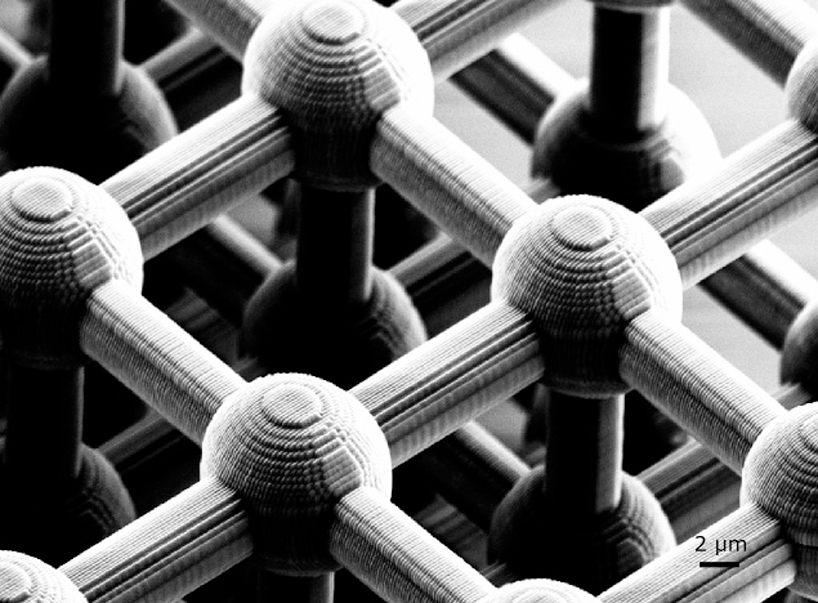Future security plans proceed
 Australian engineers are developing nanoscale ID tags for next-level security.
Australian engineers are developing nanoscale ID tags for next-level security.
Dr Omid Kavehei from Sydney University is working with an international team to investigate how a new breed of low-cost nanoscale electronic devices – 100,000 times smaller than the width of a human hair – could be used to ensure the security of authentication and verification processes in the billions of devices connected to the Internet.
The tiny devices could be used in the fashion industry, or in medical devices such as pacemakers, or electronic chipsets used in defence and military components.
“Impenetrable authentication is the pillar of security in most physical devices. The challenge is how to build a robust authentication mechanism that is inexpensive, reliable and does not need excessive energy supply to function,” Dr Kavehei said.
“We believe nanotechnology has a lot to offer, particularly in this era of dramatic rise in the number of connected devices and the hand-in-hand growth of cyber-attacks involving internet-connected devices.”
Dr Kavehei and collaborators from the University of California Santa Barbara and the National Institute for R&D in Microtechnologies in Romania recently designed a new basic building block for security systems made from integrated memristors – nanoscale electrical components that limit or regulate the flow of electrical current in a circuit.
Dr Kavehei was a co-author on a recently published Nature Electronics paper that demonstrated a functioning proof-of-concept for this research.
The study was able to verify the prototype’s functionality by measuring it against key security metrics and novel machine learning attacks.
Their experiments showed the prototype exhibited near ideal performance and robustness against different attacks.
“The set of features we have come up with offer a number of advantages over other current systems and could revolutionise authentication and anti-counterfeiting solutions in future,” Dr Kavehei said.
“From anti-counterfeiting applications in the multitrillion dollar fashion industry, to ultra-sensitive anti-tampering techniques in the defence industry, to day-to-day usage of connected devices, this nanotechnology-based innovation provides an unparalleled set of features at a low cost on a tiny silicon area, while using a very small amount of energy.
“Another challenge we are facing is to ensure proper authentication in billions of devices. The proposed system could reliably generate a massive number of unique secret keys unknown to even us who fabricated devices, and hence, enabling a broad range of applicability across multiple industries,” he said.
The next phase of this research will see Dr Kavehei and his collaborators implement new set of novel protocols and authentication mechanisms that use the broad spectrum of options the nano-system has to offer.
“We think we may be able to reach a point where reliably be able to remove the need for conventional authentication requirements and replace them with our nano-based solution.” he said.







 Print
Print